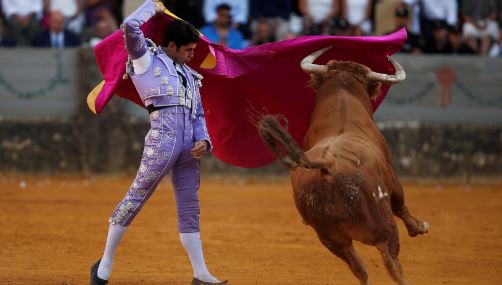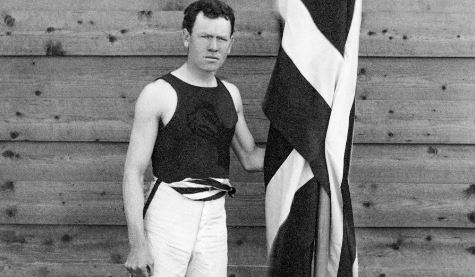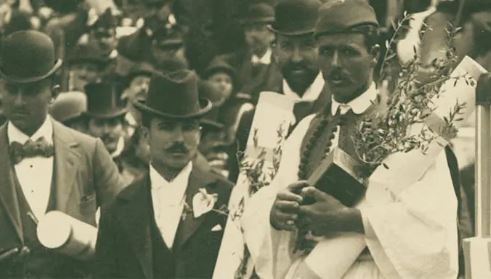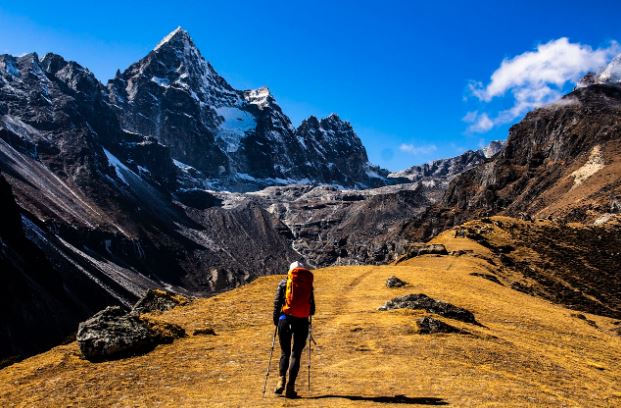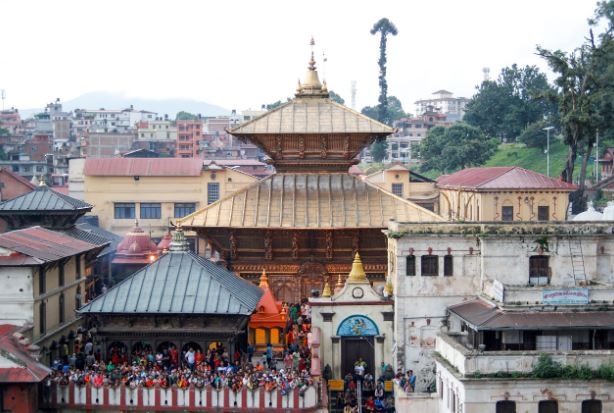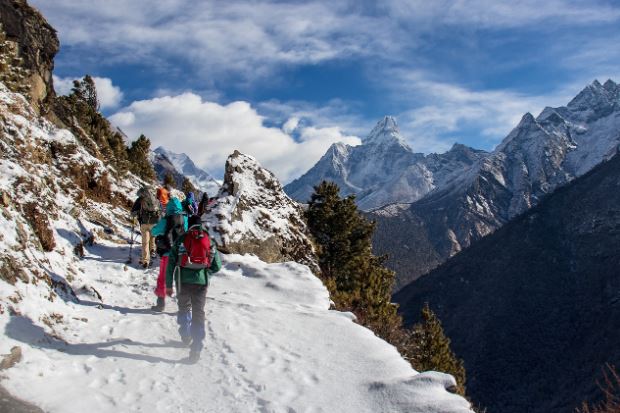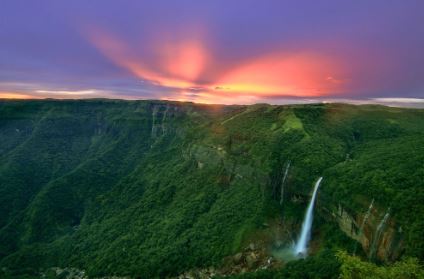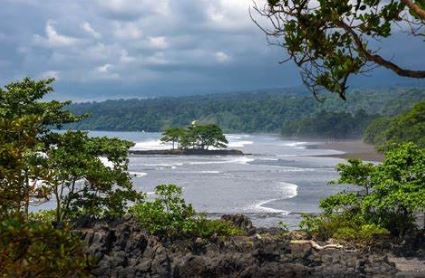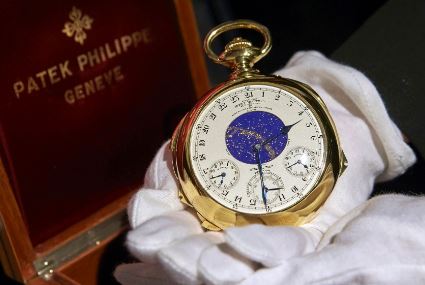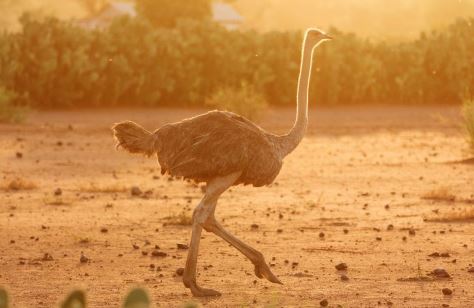1.Lucien Laurent (France)
French football player Lucien Laurent made athletic history by becoming the first player to score a goal in FIFA World Cup history. Born in Saint-Maur-des-Fossés, France, on December 10, 1907, Laurent was a gifted forward who was renowned for his agility and accuracy on the pitch. Laurent created history on July 13, 1930, at the first FIFA World Cup, which was hosted in Uruguay. He scored the game’s first goal against Mexico in the 19th minute of play. His goal sparked a legendary football ritual that captivated supporters all throughout the world. Even if France did not win the competition, Lucien Laurent’s feat is still remembered fondly in football history as it represents the spirit of rivalry and the beginning of an iconic athletic event.

2.Preguinho (Brazil)
Preguinho, born in Brazil as João Coelho Neto, was a revered footballer renowned for his skills and contributions to Brazilian football. He gained prominence during the early 20th century, notably representing Brazil in international competitions. Preguinho was a versatile player, excelling as a forward and displaying remarkable agility and technique on the field.
Preguinho earned a place in football history by scoring Brazil’s first goal in the inaugural FIFA World Cup in 1930 against Yugoslavia. His goal symbolized Brazil’s entry onto the global football stage and set the tone for future successes in the tournament. Throughout his career, Preguinho remained a beloved figure in Brazilian football, inspiring generations with his talent and passion for the game. His legacy endures as a testament to the rich history and tradition of Brazilian football.

3.Juan Anzorena (Argentina)
Regarding Juan Anzorena’s role in the FIFA World Cup of 1930, there appears to be some confusion. Nevertheless, Juan Anzorena’s participation in the tournament and his goal against Chile’s opening goal are not mentioned in historical accounts.
Argentina was one of the teams that competed in the Uruguay 1930 FIFA World Cup. Although Argentina played Chile in the tournament’s group stage, the goal scorers from that game were not particularly recorded.
Juan Anzorena might have been wrongly given credit for this historical occurrence. Despite this, the 1930 World Cup—which launched the esteemed competition—remains a momentous occasion in football history.

4.Edmond Conen (Germany)
German football player Edmond Conen scored Germany’s first goal against Belgium in the 1934 FIFA World Cup, which was played in Italy, leaving a lasting impression on football history. Conen, who was born on January 13, 1904, was well-known for his strength and skill on the field. With his goal against Belgium, Germany made their debut in the esteemed tournament and established the foundation for their future international football competition participation.
Germany made it to the quarterfinals of the 1934 FIFA World Cup before Czechoslovakia eliminated them. Edmond Conen’s goal represents Germany’s rise to prominence in international football and is a pivotal moment in the country’s football history, even if they ultimately lost the tournament.

5.Karel Pesek (Czechoslovakia)
Czechoslovakian football player Karel Pesek made history by scoring his country’s first goal against Romania in the 1934 FIFA World Cup. Pesek, who was born on June 9, 1905, was well-known for his agility and striking prowess. His goal against Romania in the 1934 tournament’s opening game was the catalyst for Czechoslovakia’s first-ever FIFA World Cup appearance and served as a model for their future performances on the international football scene.
Even though Czechoslovakia made it to the 1934 FIFA World Cup final, Italy beat them. Karel Pesek’s goal, which symbolizes the country’s participation and competitive spirit in international football events, remains a notable moment in Czechoslovakian football history despite the loss.





